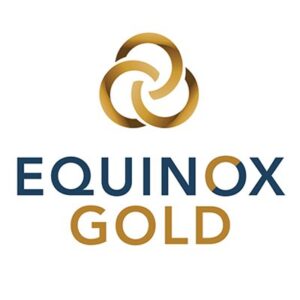Morgan Stanley analysts warn that America’s ambitions in physical AI—and the specialized manufacturing it requires—depend on sustained partnerships with Chinese firms. Despite easing tariff tensions after the Geneva talks, the bank argues that attempting to onshore AI-adjacent production without Chinese inputs would be “extraordinarily difficult” over the next five years.
Why Cooperation Outweighs Isolation
-
Advanced “AI-Adjacent” Expertise: China’s leading role in precision components, robotics and semiconductor packaging complements U.S. strengths in AI algorithms and systems integration.
-
Tariff Limitations: Even with trade barriers, U.S. consumers and OEMs will still seek superior Chinese EV and robotics technology, making full decoupling impractical.
-
Strategic Partnership Model: Competition can coexist with collaboration—shared supply chains may accelerate scale and reduce costs on both sides.
Tesla as the Bridge to Chinese Tech
Morgan Stanley singles out Tesla (NASDAQ:TSLA) as uniquely positioned to integrate Chinese manufacturing into U.S. operations:
-
Gigafactory Leverage: Local production lines can absorb Chinese-made battery cells and Powerwall modules.
-
EV Demand: American consumers’ appetite for high-quality vehicles makes Tesla an effective onshore distributor of Chinese-designed components.
-
Pilot Collaborations: Early trials of joint robotics automation are already underway at Fremont and Shanghai plants.
To benchmark Tesla’s operational efficiency and margin trends against peers, analysts routinely tap the Ratios (TTM) API for up-to-date profitability and leverage metrics.
Investment Implications and Risk Profile
-
Capital Expenditure Needs: Building or upgrading factories for physical AI deployment requires strong balance sheets and credit access.
-
Regulatory Shifts: A shift away from tariffs toward tech-transfer agreements could reshape cost structures.
-
Creditworthiness: Firms deeply invested in cross-border manufacturing may see ratings affected by geopolitical developments.
Investors monitoring Tesla’s financial resilience and funding costs can consult the Company Rating API to track credit-rating changes as U.S.–China dynamics evolve.




